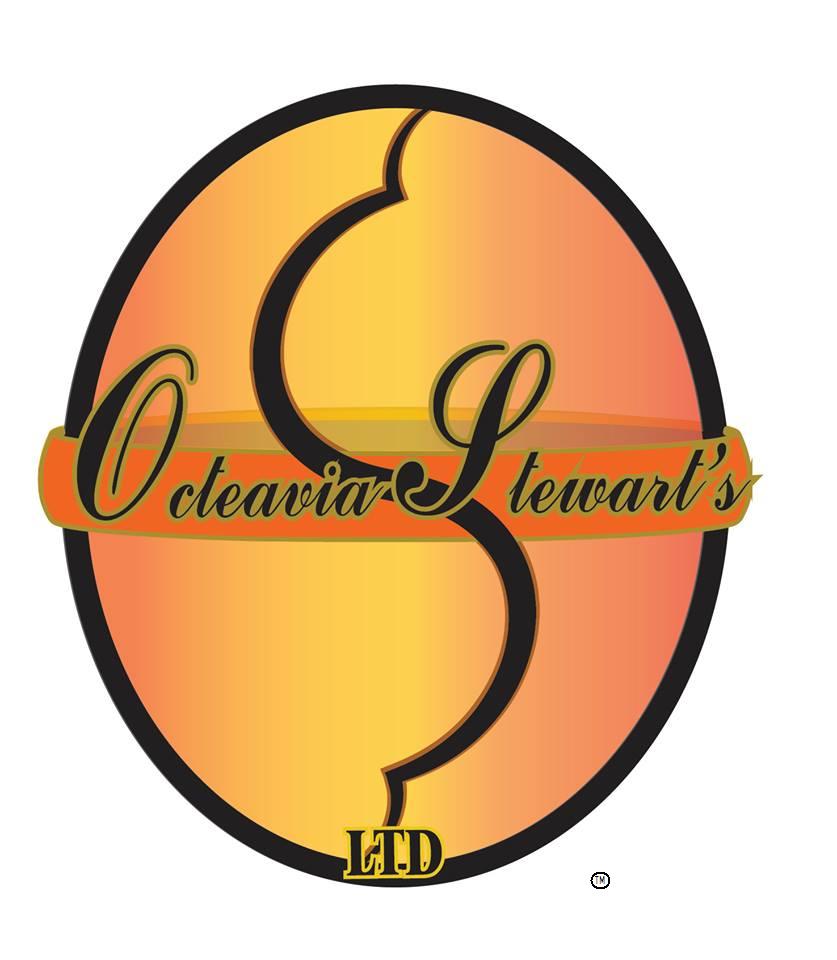Cayenne: Internal and external use to reduce pain signals, increase endorphines. Use this herb in injuries, after surgery, arthritis: this herb reduces pain about 30-50%, diabetic foot pain, headache, shingles, inflamed muscles, headache, neuralgia.
Chamomile: Tranquil effects, with an action similar to drugs, i.e. Halcion, Valium. Reduces the effect of stress induced chemicals in the brain, while promoting healthy adrenaline hormones. Relieves pain and spasms. This herbs aids in digestion, cramping and back pain. Promotes restful sleep.
Ginger Root: Anti pain and Inflammation, relieves nausea, improves circulation. Great for tension headache and migraine. This herb reduces pain-causing prostaglandins. This herb has the power to abort a migraine if taken at the onset. This can be used liberally in cooking and the fresh root can be juice daily to prevent headaches.
Lavender: Relaxes the entire nervous system, lifting depression and moodiness. This herb soothes and calms sleeplessness, irritability and tension headache. It also soothe digestion and relieves gas, bloating and cramping of a nervous origin.
Skullcap: Helps anxiety, restlessness, crying spells, irritability and nervousness. This is a helpful day time sedative, with no mental impairments or drowsiness. The nervine action relieves frequent headaches, relaxes muscular spasms.
Valerian Root: Relaxing and sedating, reduces restlessness, nervousness, improves sleep; should be taken for 2-3 weeks to improve mood and sleep. Use of this herb will show improvements in learning skills and less aggressive behavior.
The greatest pain-killer drugs in the world are herbal. Codeine and morphine are opium derivatives that are so powerful that they are both prescription drugs and are highly addictive. Henbane, mandrake and many other well-known herbs have been used as anesthetics since antiquity. Yet, less exhaulted herbs like Jamaican dogwood, and lobelia are also extremely effective in common painful conditions arising anywhere in the body. Herbal pain-relievers are often also anti-spasmodtic and anti-inflammatory, so that they go beyond symptomatic treatment alone.
